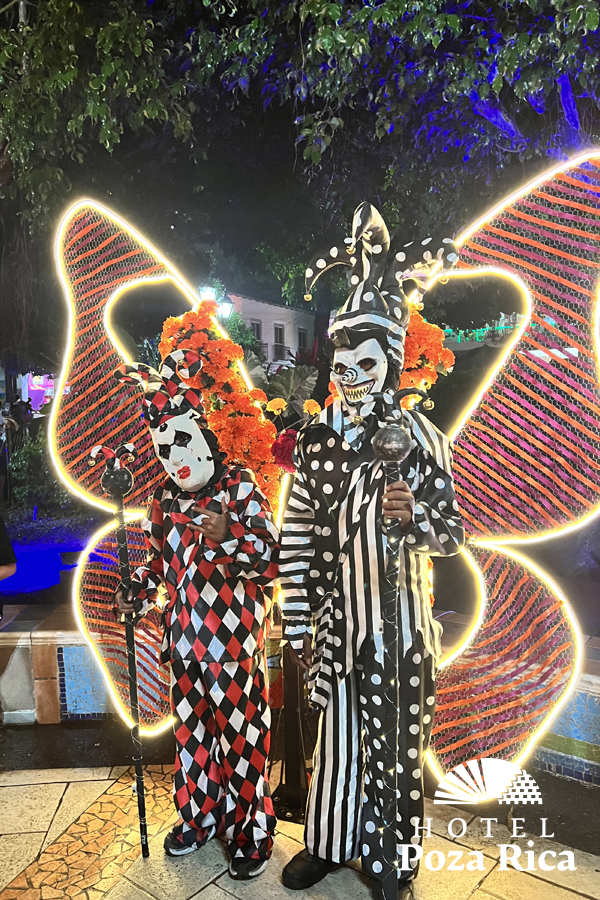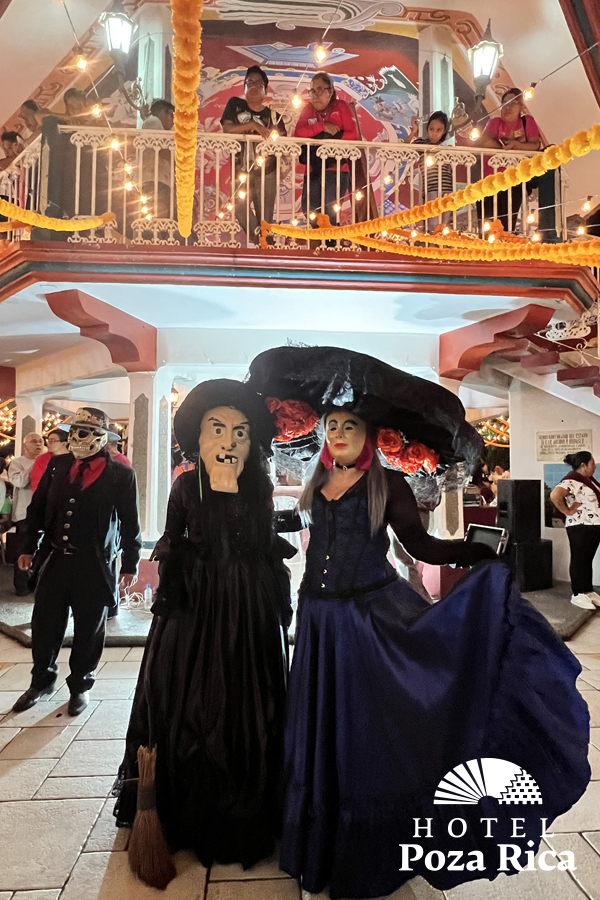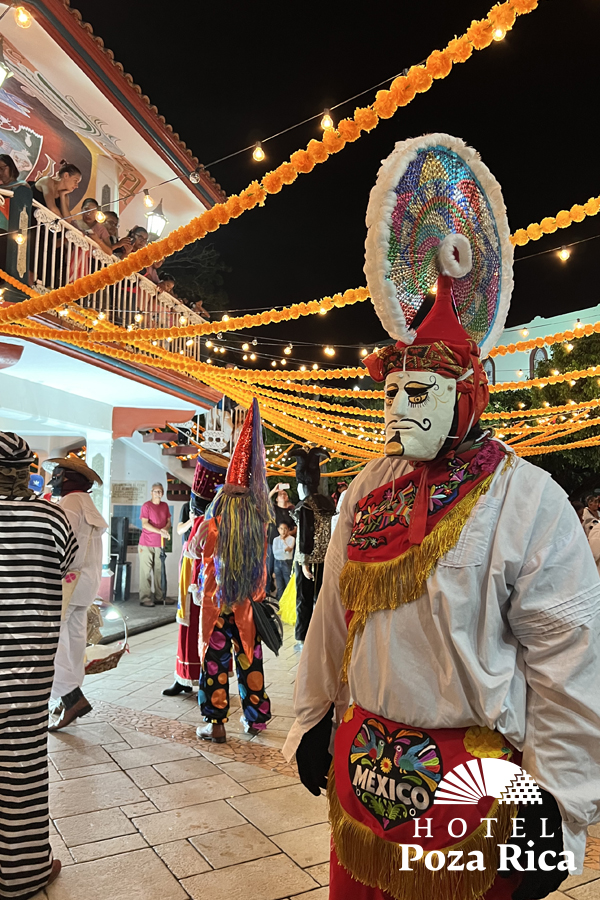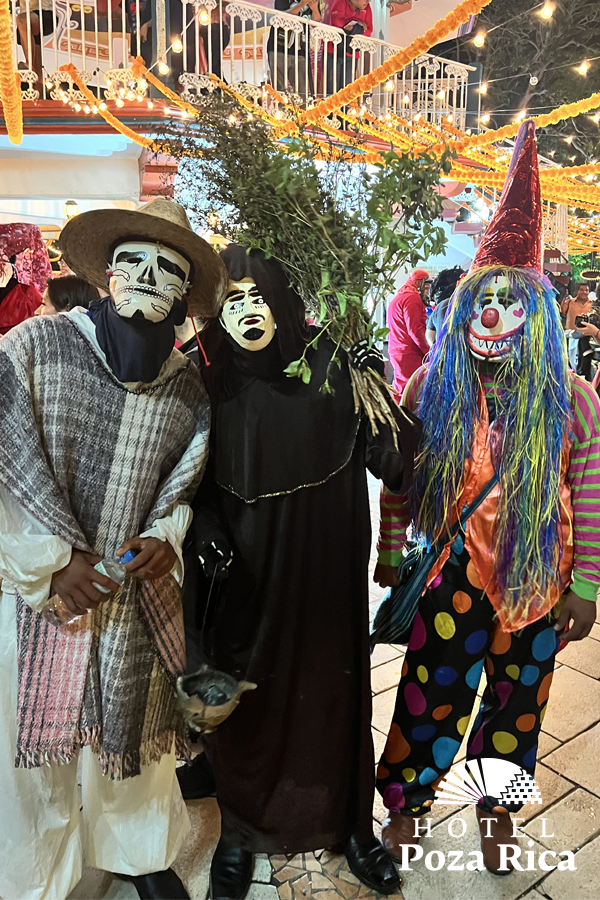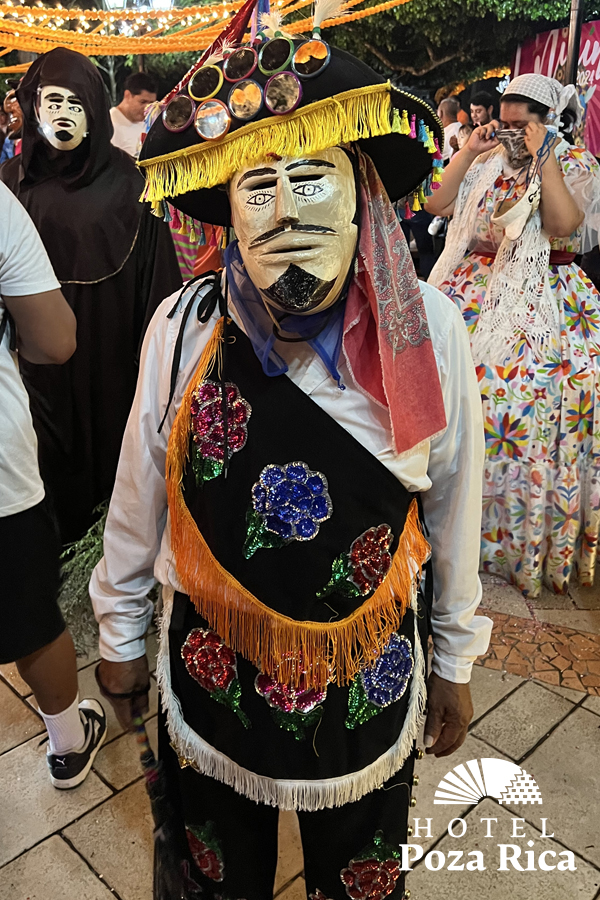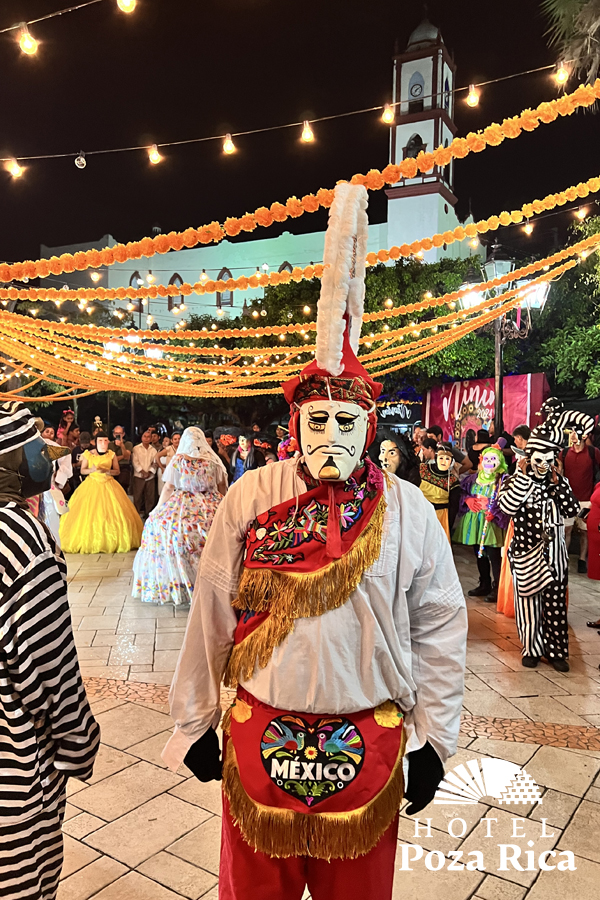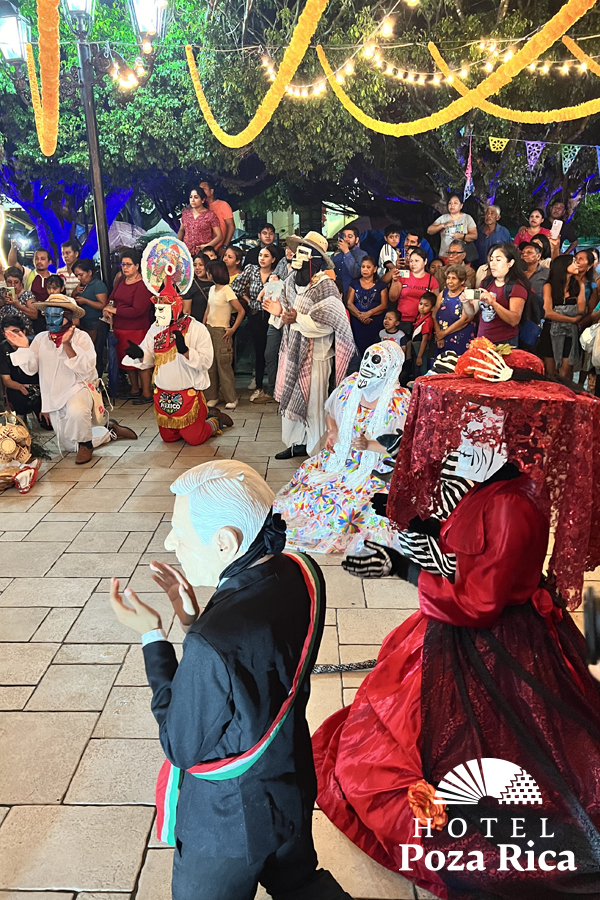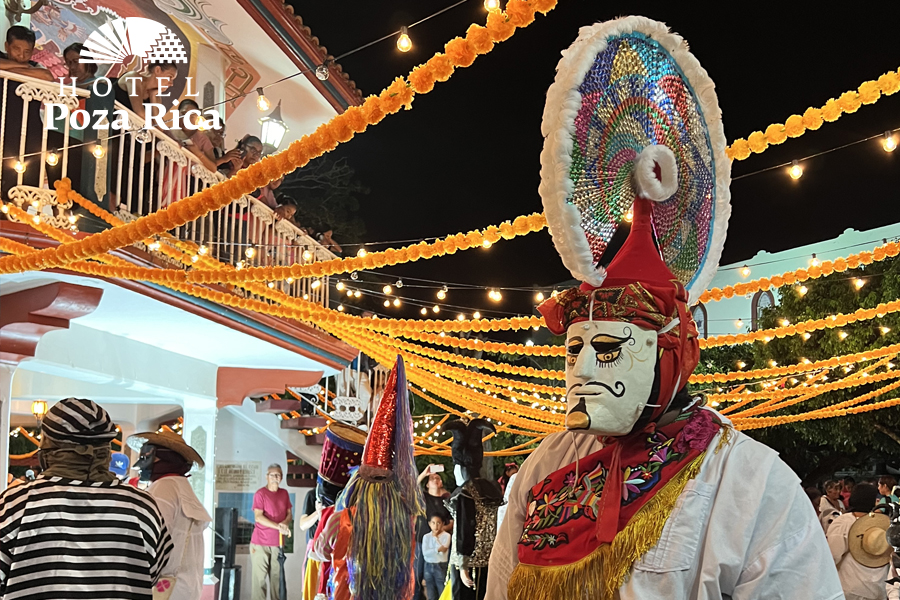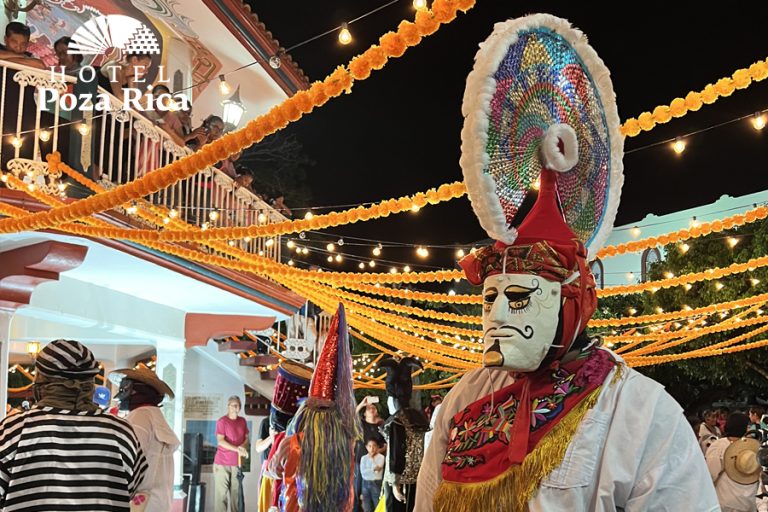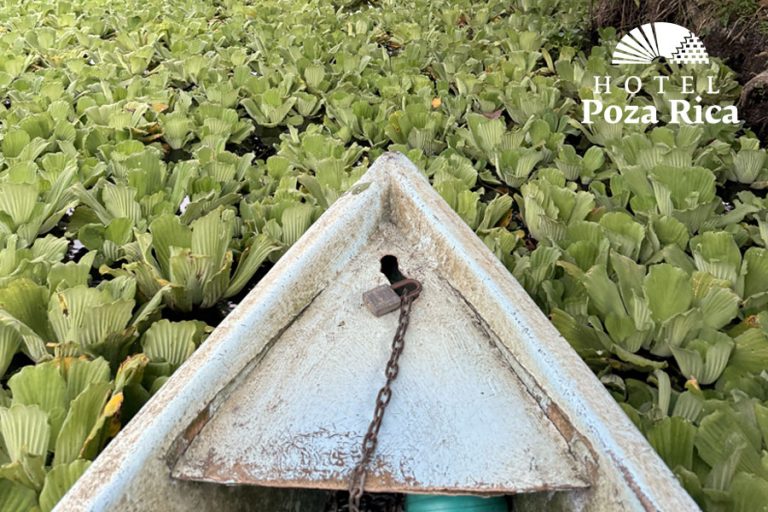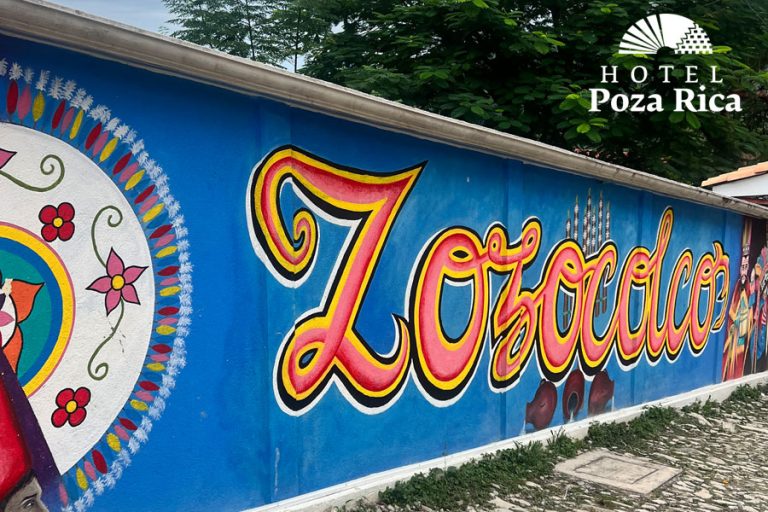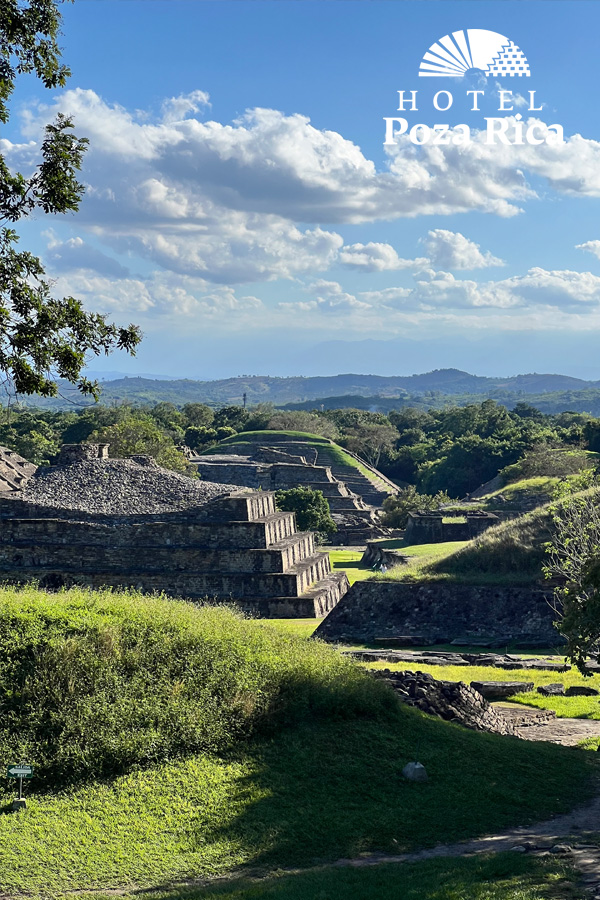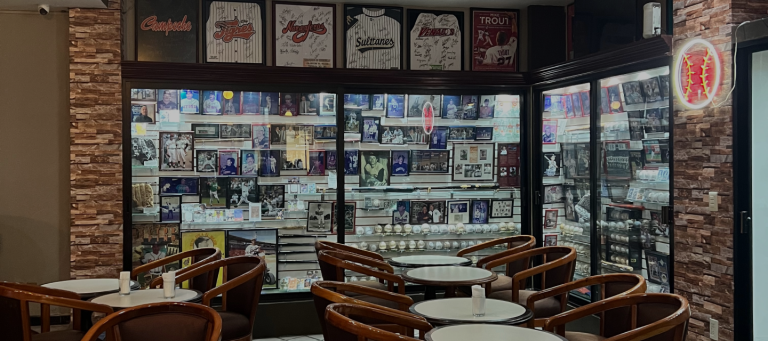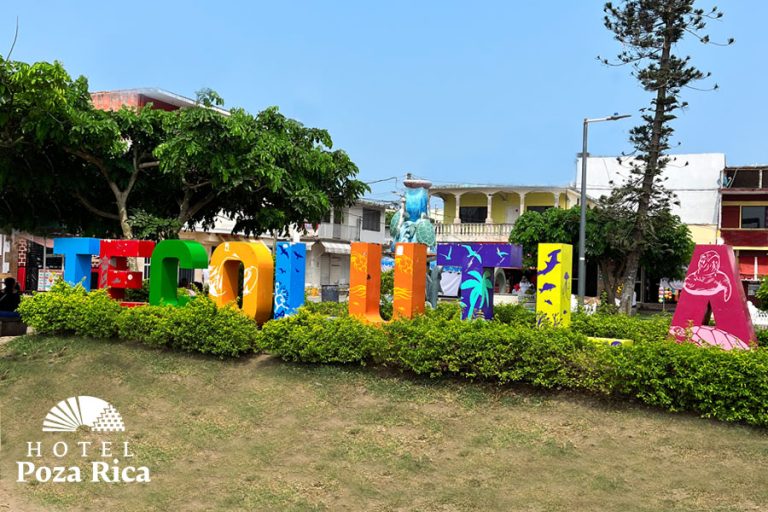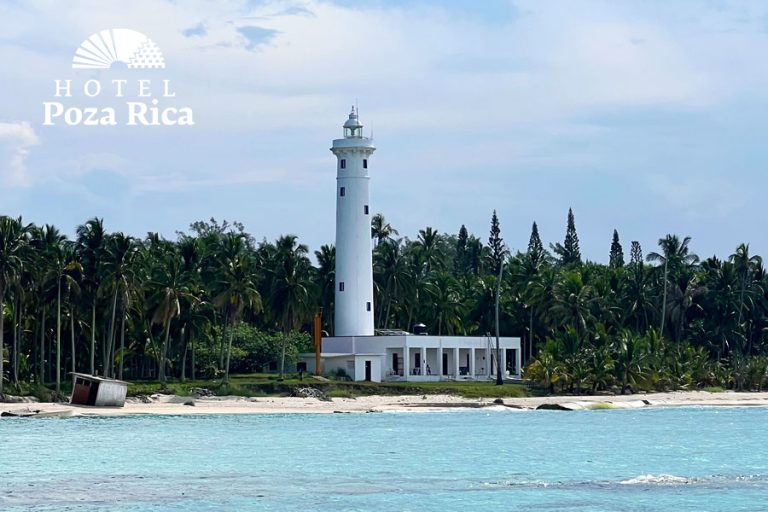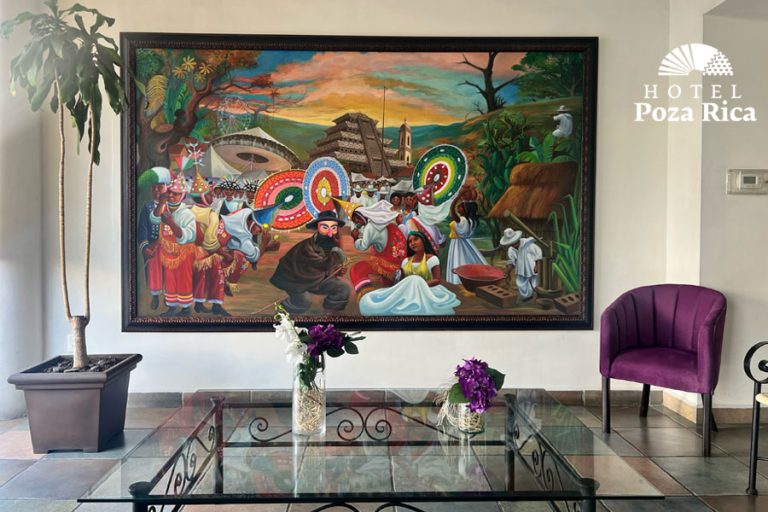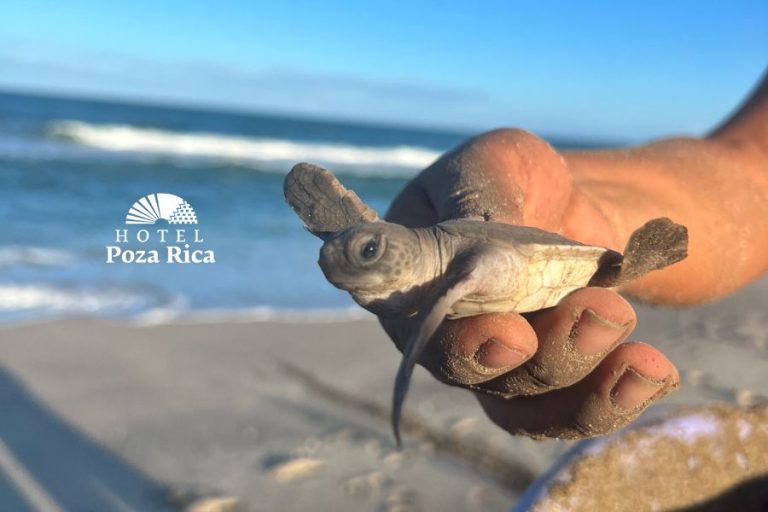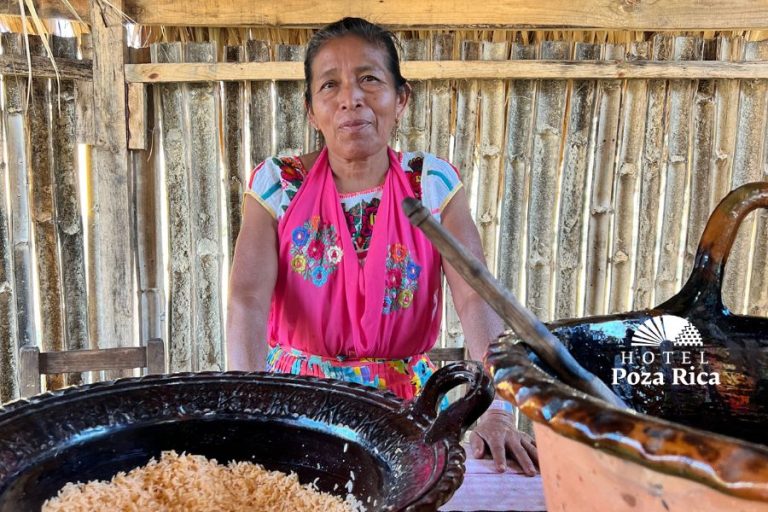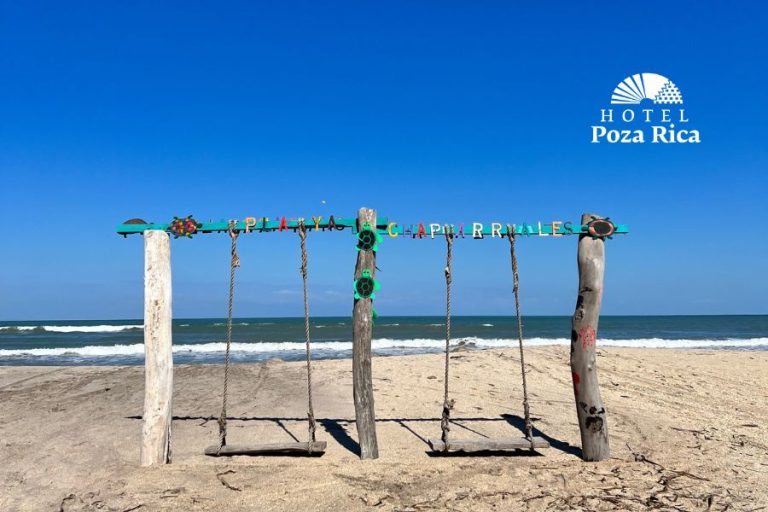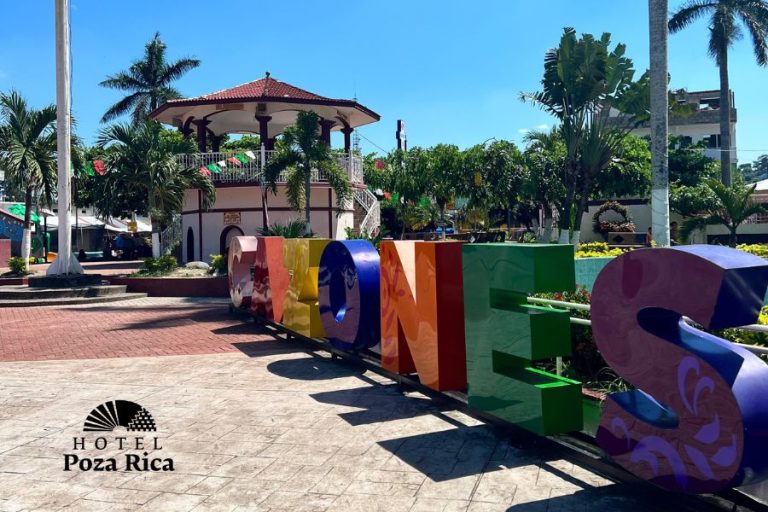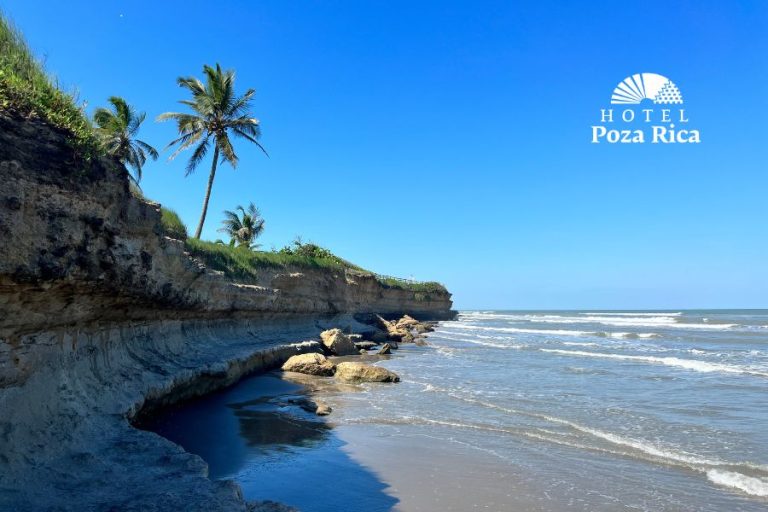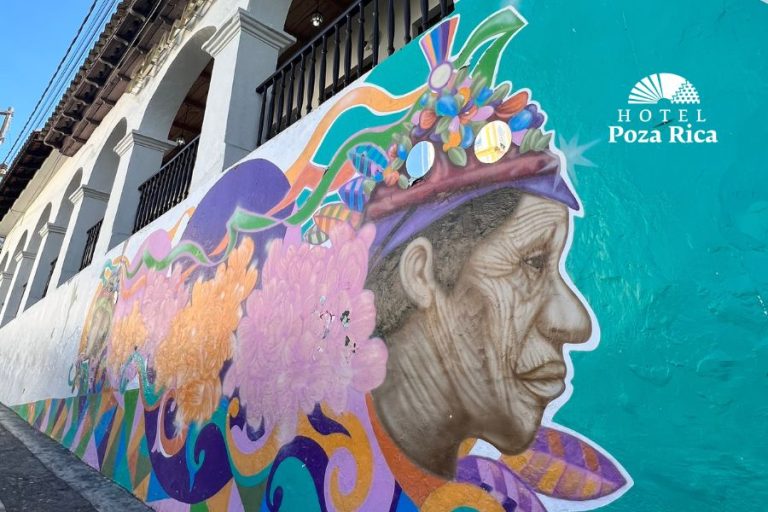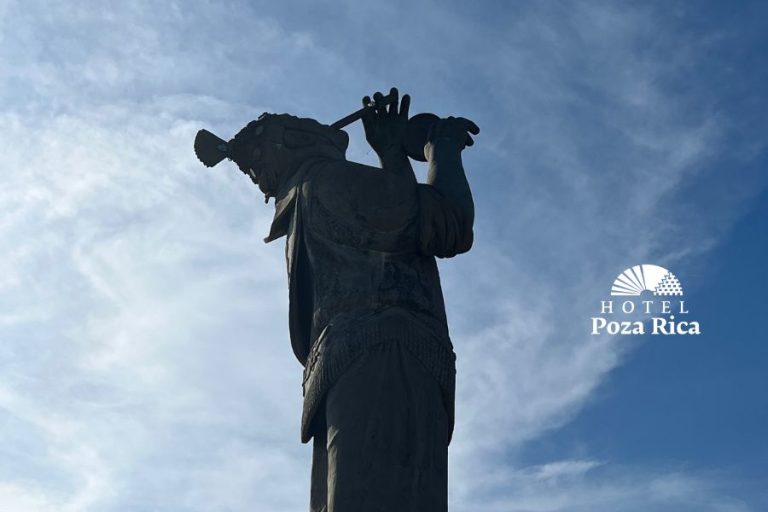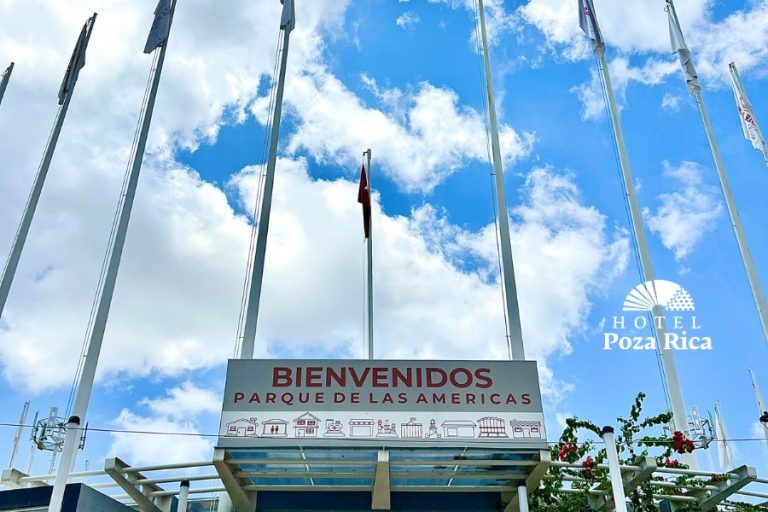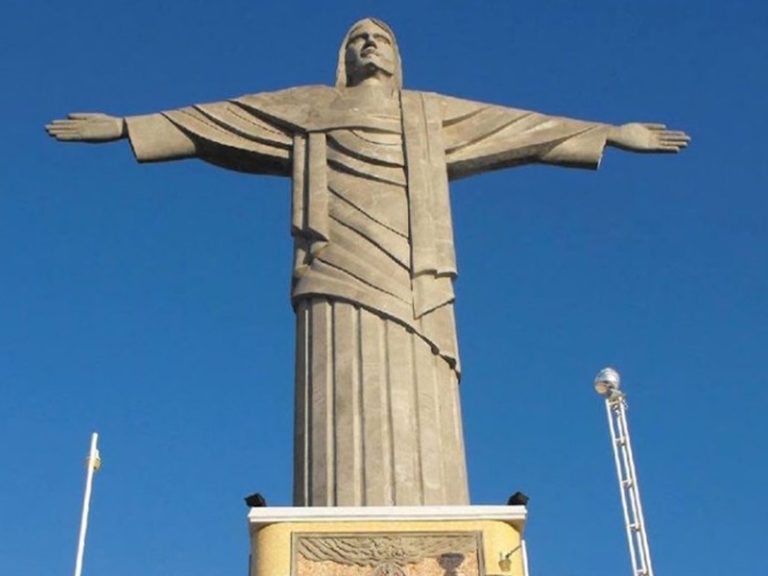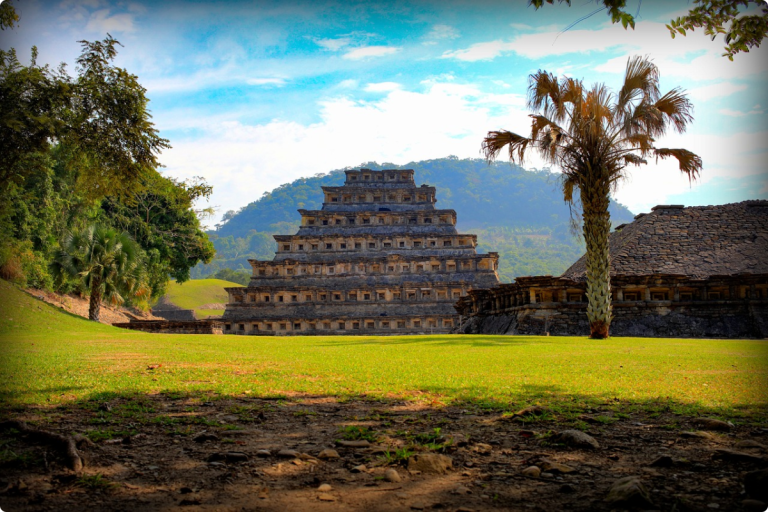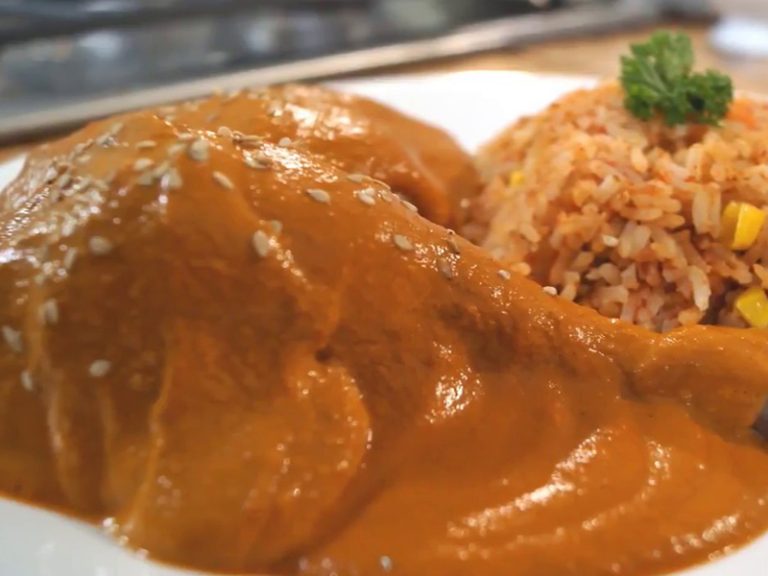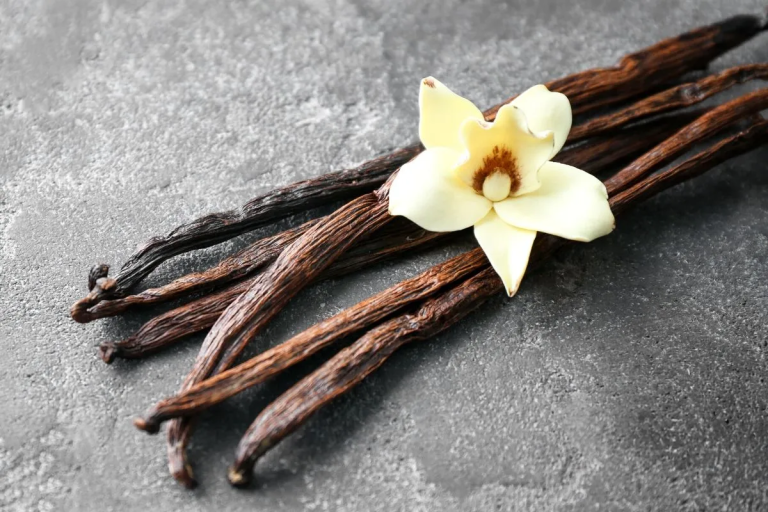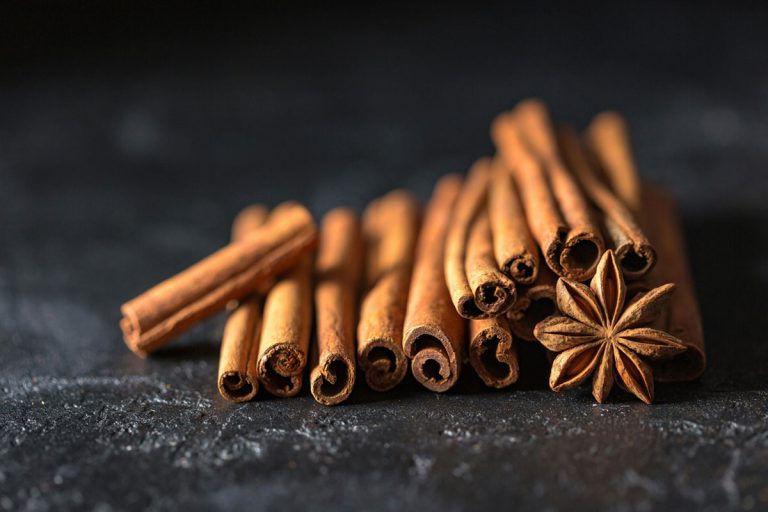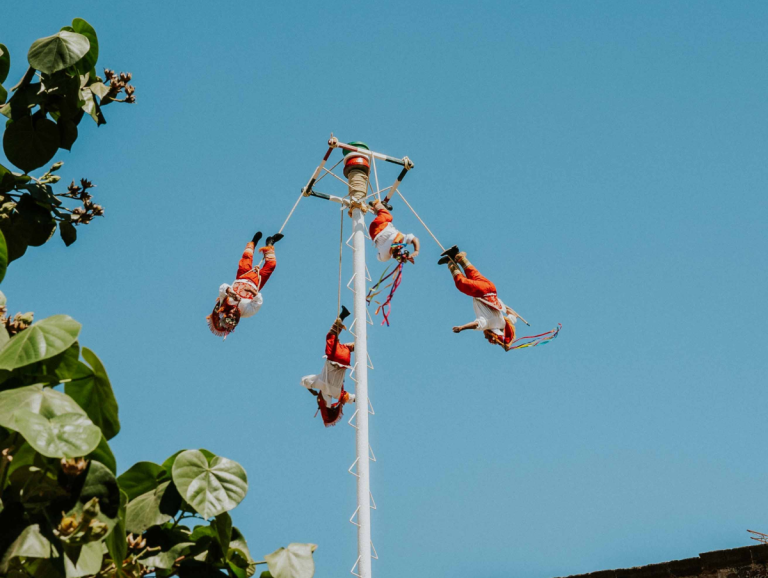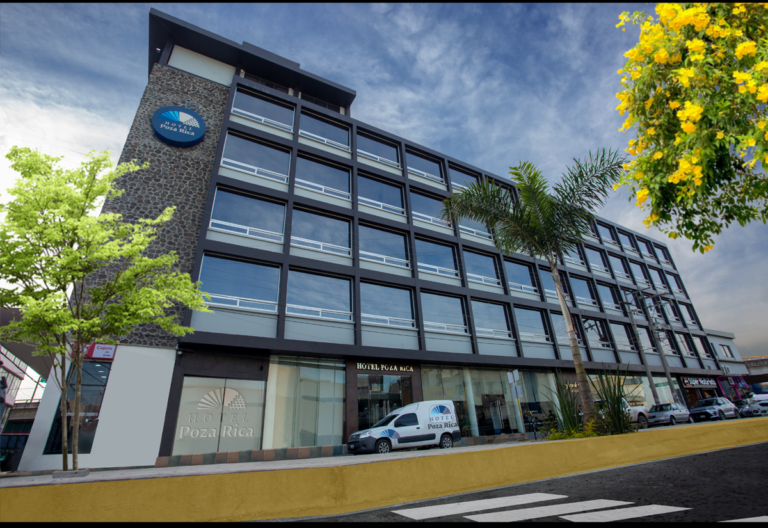Imagine being at a festival full of colors, music, and ancient traditions. Suddenly, masked characters appear who, with their movements and costumes, tell stories that have been passed down from generation to generation. Who are these enigmatic dancers, and what is the meaning behind their dances? We reveal the magic behind the Dance of Los Huehues and Matarachín.
Who are Los Huehues and Matarachín?
Los Huehues are traditional characters in various regions of Mexico. Their name comes from the Nahuatl word “huehue,” which means “old man” or “elder.” These characters are usually depicted wearing masks and colorful costumes, and their dances are full of symbolism and humor.
On the other hand, the Matarachín is a figure who accompanies Los Huehues in some festivities. His role varies depending on the region, but he generally acts as a guide or leader of the dance, adding a touch of joy and dynamism to the show.
In the city of Papantla, Veracruz, the Dance of Los Huehues and Matarachín is a deeply rooted tradition. This dance is performed during the Ninín Festival, a celebration that honors the faithful departed and highlights the cultural richness of the region.
The Ninín Festival: A Celebration of Life and Death
The Ninín Festival is a celebration that combines pre-Hispanic and Catholic elements, held in Papantla during the first days of November. “Ninín” in Totonac, the indigenous language of the region, means “those who have not died” in the sense that they are still remembered and every year they are celebrated in Totonac. The term is used for the days of celebration for the Day of the Dead. During this festival, the streets of Papantla are filled with altars, marigolds, music, and, of course, traditional dances such as Los Huehues and Matarachín.
One of the most enriching activities of the Ninín Festival are the workshops, where locals and visitors have the opportunity to learn about the traditions of Papantla. These workshops range from mask and costume making to dance step instruction, allowing participants to immerse themselves in the local culture and appreciate the dedication it takes to keep these customs alive.
The Meaning Behind the Dance
The Dance of Los Huehues and Matarachín is more than just a folk performance; it is a manifestation of the worldview of the Totonac communities. Through rhythmic movements and theatrical expressions, the dancers narrate stories of everyday life, the duality between life and death, and the connection with nature and the spiritual realm.
The masks and costumes used in the dance are meticulously crafted, with every detail having a special meaning. For example, the masks often depict the faces of elders, symbolizing wisdom and the connection with ancestors.
